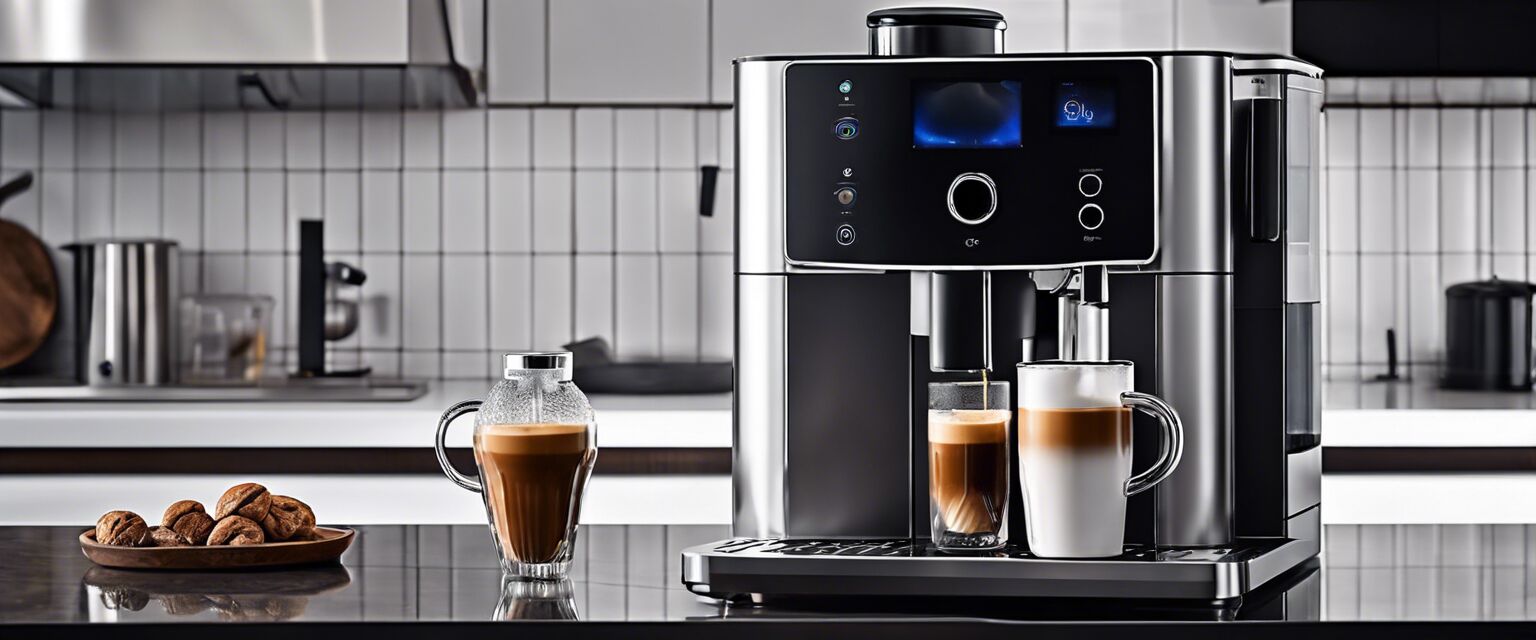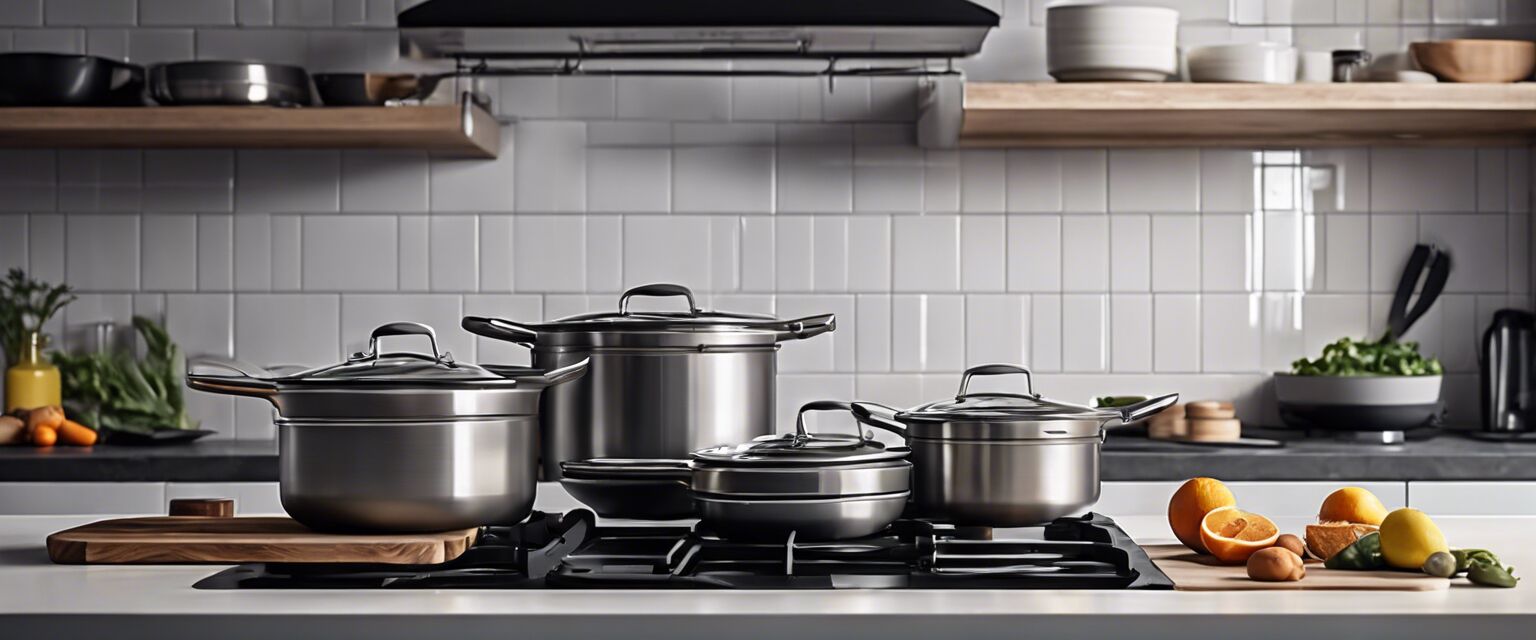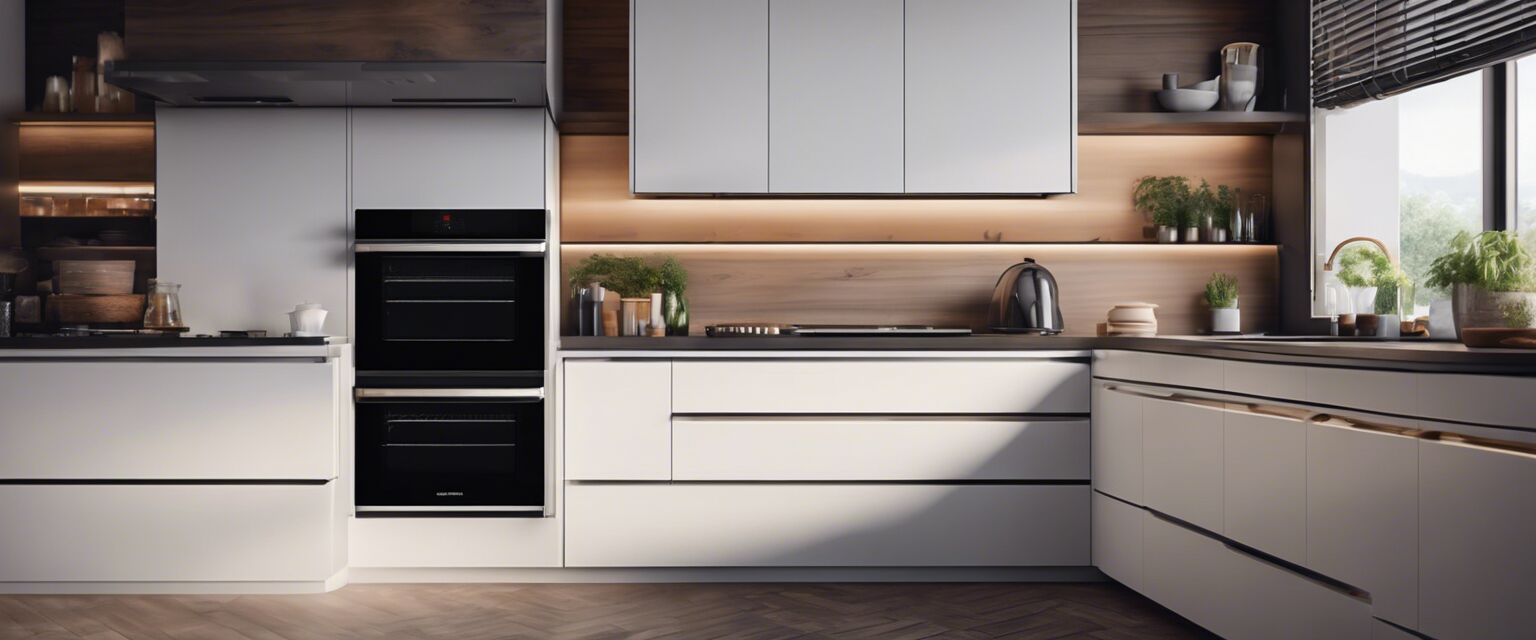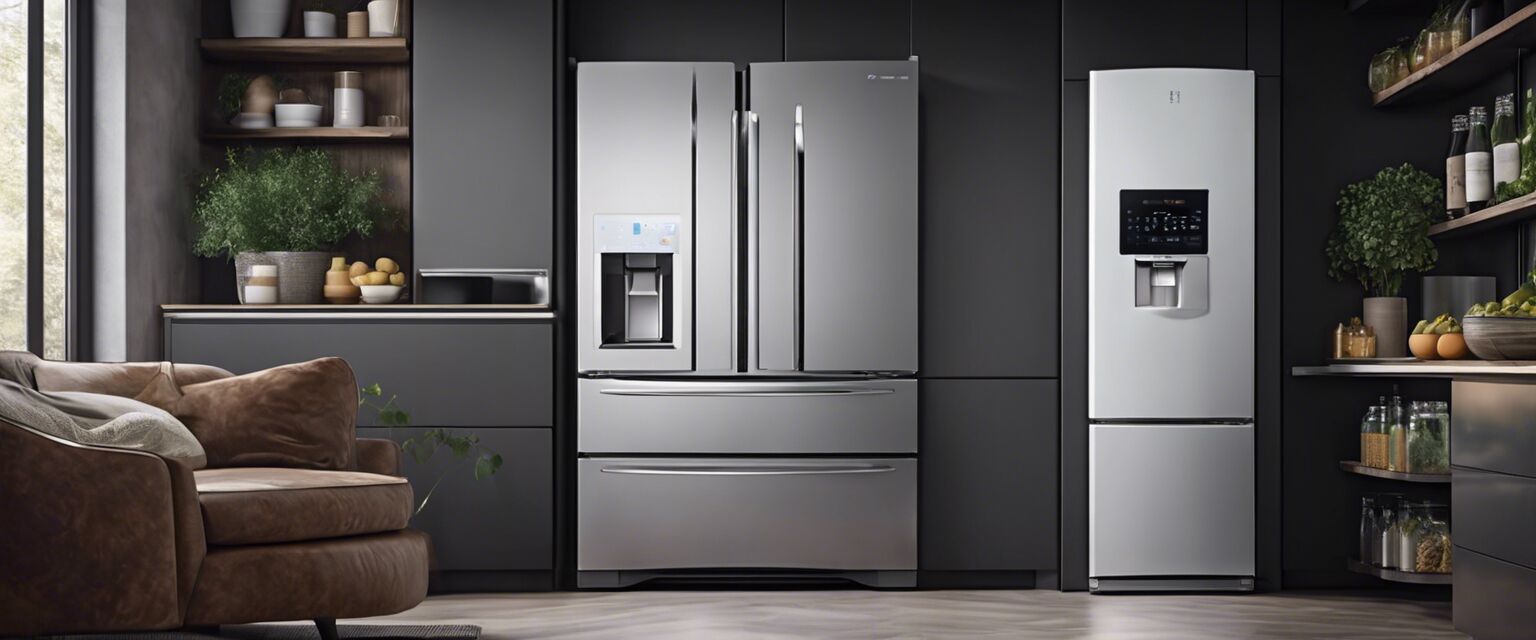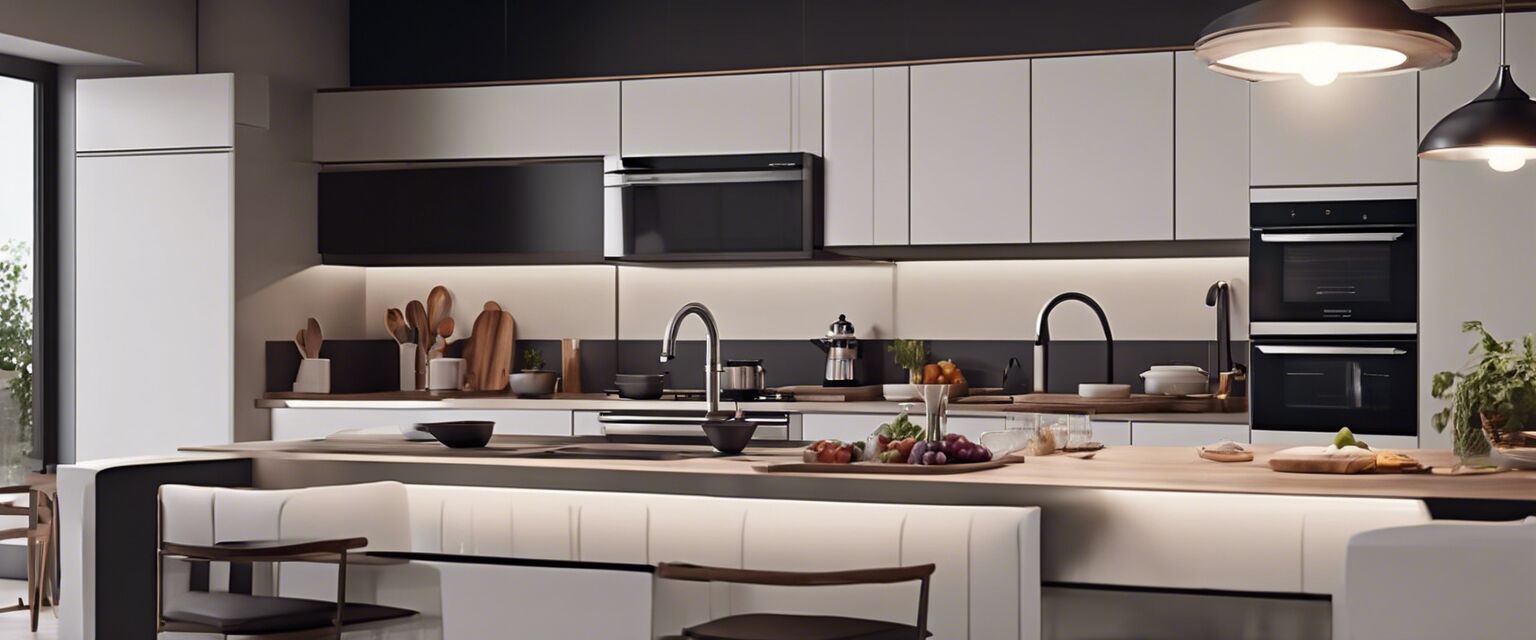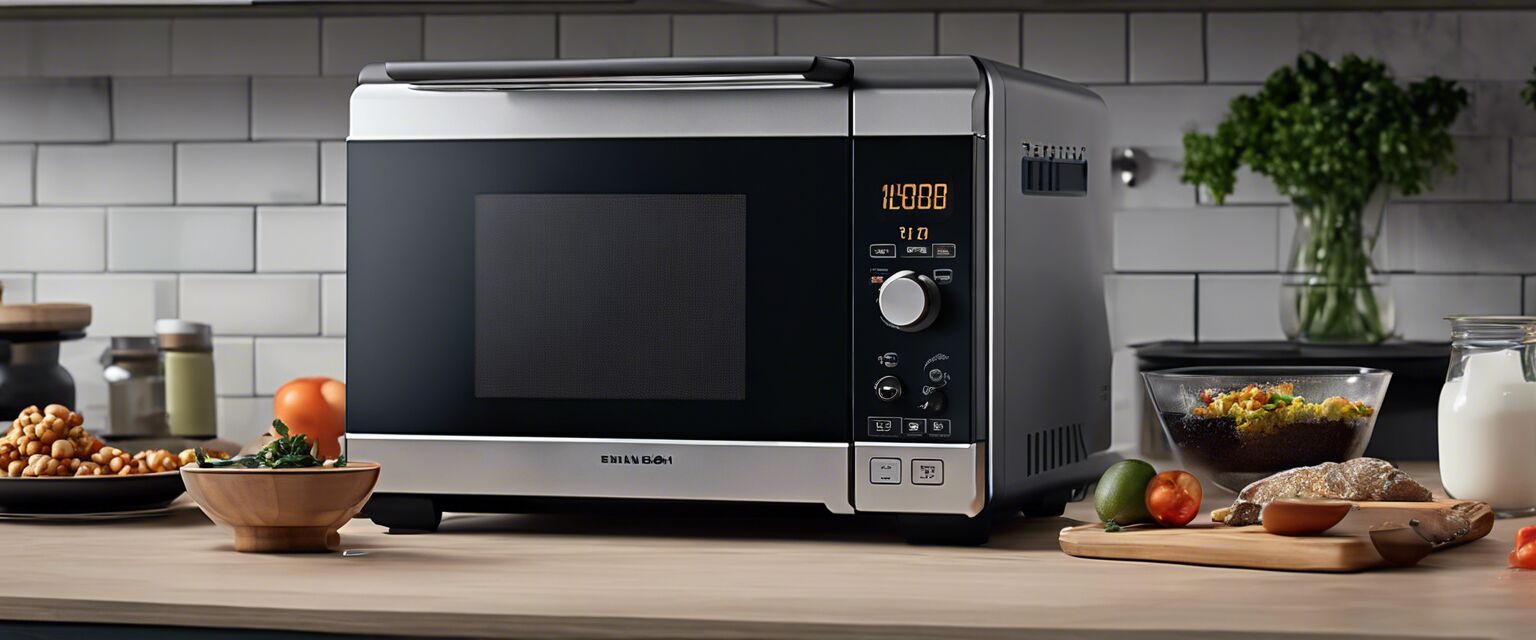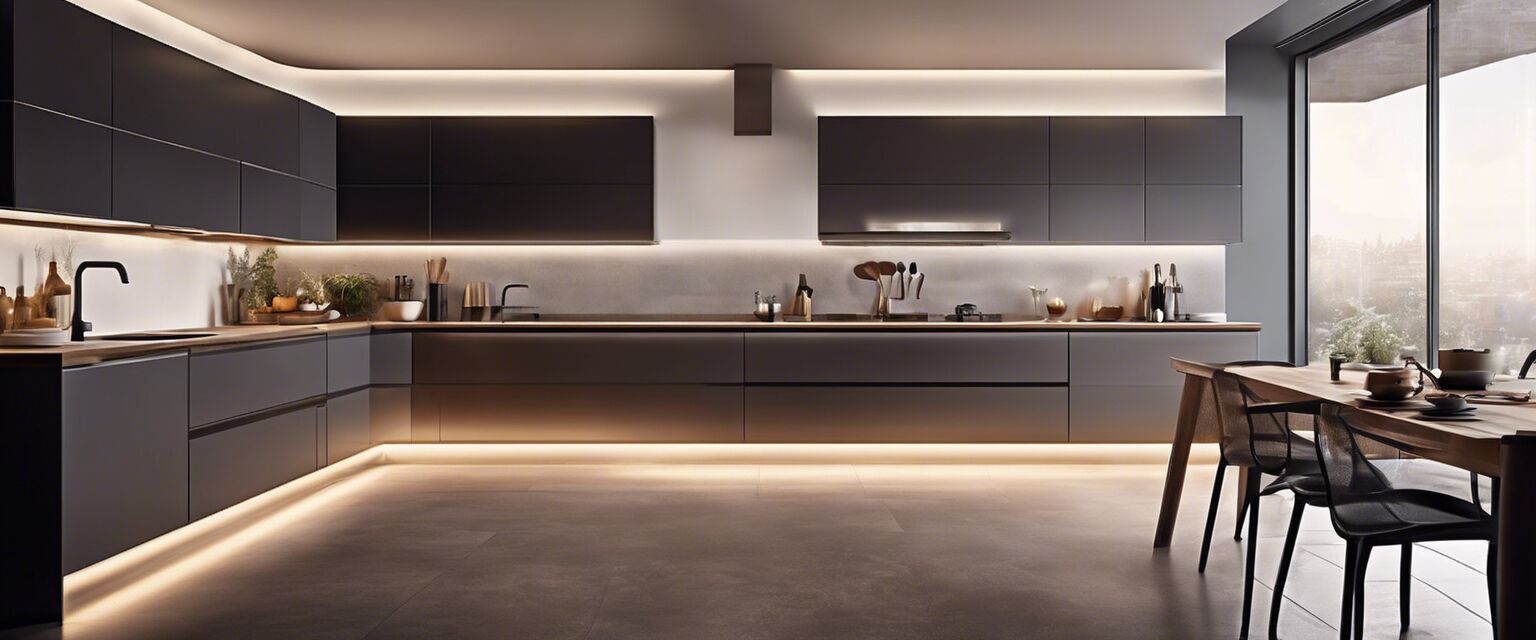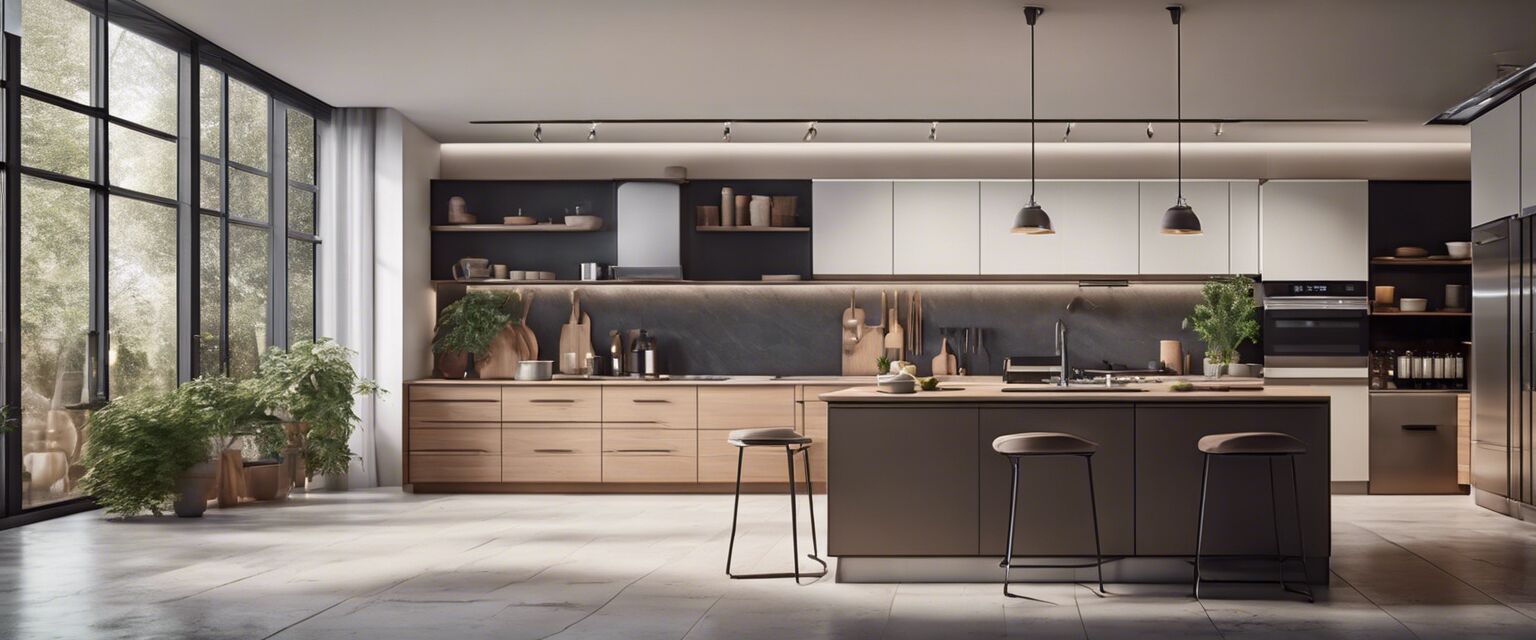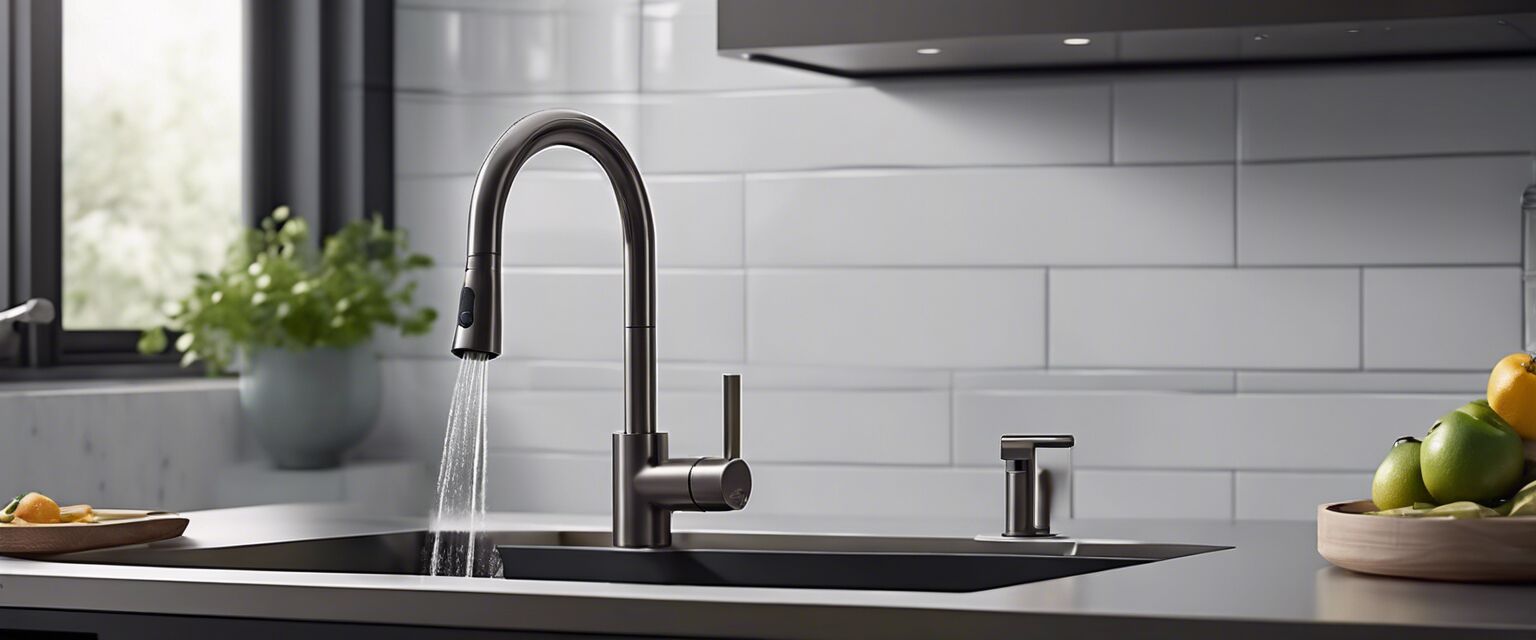
Touchless Kitchen Faucets
Key Takeaways
- Touchless faucets enhance kitchen hygiene by reducing the need for physical contact.
- They come with various sensors, offering hands-free operation and convenience.
- Touchless faucets are available in various designs, styles, and finishes to match kitchen décor.
- Installation can be simple, but some models may require professional help for setup.
As kitchens continue to evolve with technology, touchless kitchen faucets are becoming a popular choice for both functionality and style. These innovative fixtures not only help maintain cleanliness in the kitchen, but they also provide convenience for busy households. In this article, we will explore the various features, benefits, and considerations when choosing a touchless faucet, along with a comparison of some of the leading options on the market.
What are touchless kitchen faucets?
Touchless kitchen faucets utilize sensor technology to provide a hands-free experience when washing dishes, filling pots, or rinsing vegetables. This means that you can activate the water flow without physically touching the faucet handle, reducing the spread of germs and improving overall hygiene.
How do touchless faucets work?
Touchless faucets are equipped with infrared sensors that detect motion and activate the faucet when hands or objects are near the spout. Once the motion is removed, the faucet automatically stops pouring water. This automatic operation can save water and add an extra layer of convenience in handling messy tasks.
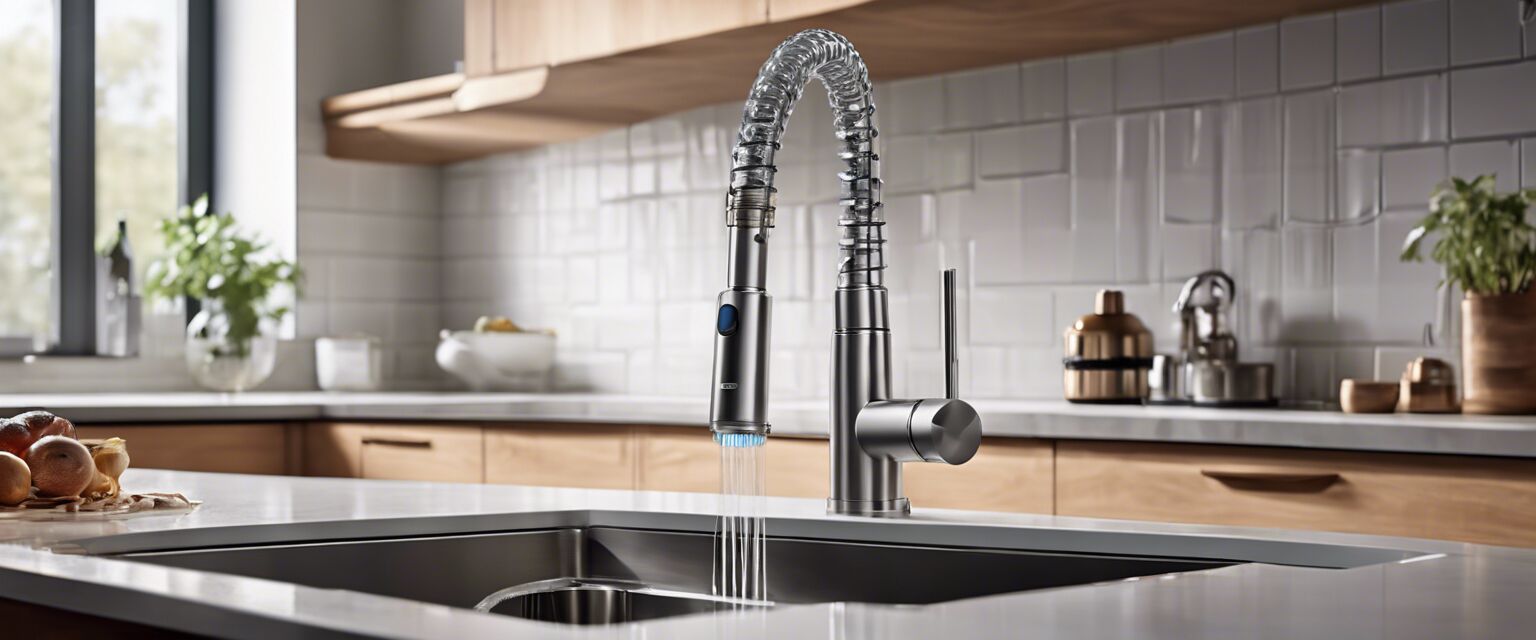
Benefits of touchless kitchen faucets
- Hygiene: Reduces physical contact, minimizing the risk of bacteria transfer.
- Convenience: Operate the faucet hands-free while handling food or other tasks.
- Water efficiency: Automatic shut-off features help conserve water.
- Stylish design: Available in numerous designs to complement any kitchen aesthetic.
Key features to consider
| Feature | Description |
|---|---|
| Sensor Type | Infrared sensors detect movement to activate water flow. |
| Power Source | Battery-operated or hardwired options are available. |
| Water Flow Rate | Most faucets offer a flow rate of 1.5 to 2.2 GPM (gallons per minute). |
| Finish | Various finishes, including chrome, stainless steel, and matte black, to match your kitchen decor. |
| Installation | Some models are DIY-friendly, while others may require professional installation. |
Popular types of touchless kitchen faucets
There are several types of touchless kitchen faucets, designed for different needs and preferences. Below you'll find a breakdown of the most common styles:
- Pull-down faucets: Flexible spouts that can be pulled down for easy rinsing.
- Pull-out faucets: Similar to pull-down but with a removable head that detaches for greater flexibility.
- Traditional faucets: Classic designs that incorporate touchless functionality.
- Commercial-style faucets: Heavy-duty options with a high arc spout and powerful spray.
Comparison of top touchless kitchen faucets
| Model | Sensor Type | Power Source | Water Flow Rate | Price Range |
|---|---|---|---|---|
| Faucet A | Infrared | Battery | 2.0 GPM | $150 - $200 |
| Faucet B | Touchless | Hardwired | 1.8 GPM | $200 - $250 |
| Faucet C | Motion-sensor | Battery | 1.5 GPM | $100 - $150 |
Installation considerations
Installing a touchless kitchen faucet can be a straightforward process, particularly if you're replacing an existing faucet. However, there are essential considerations to keep in mind:
- Plumbing compatibility: Ensure your plumbing setup is compatible with a new touchless faucet.
- Power supply: Determine whether you will use batteries or a hardwired connection.
- Space requirements: Consider the amount of space available for the faucet and any additional components.
Tips for choosing the right touchless kitchen faucet
Tips for beginners
- Assess your kitchen style and choose a faucet that complements it.
- Read reviews to gauge user satisfaction and product performance.
- Consider additional features like adjustable flow rates and spray settings.
- Check warranty options for added peace of mind.
Conclusion
Touchless kitchen faucets represent a remarkable fusion of convenience and hygiene. With the ability to keep your hands clean while performing kitchen tasks, these innovative fixtures are appealing to a wide audience. By understanding their features, types, and installation requirements, you can select the perfect touchless faucet for your culinary haven.
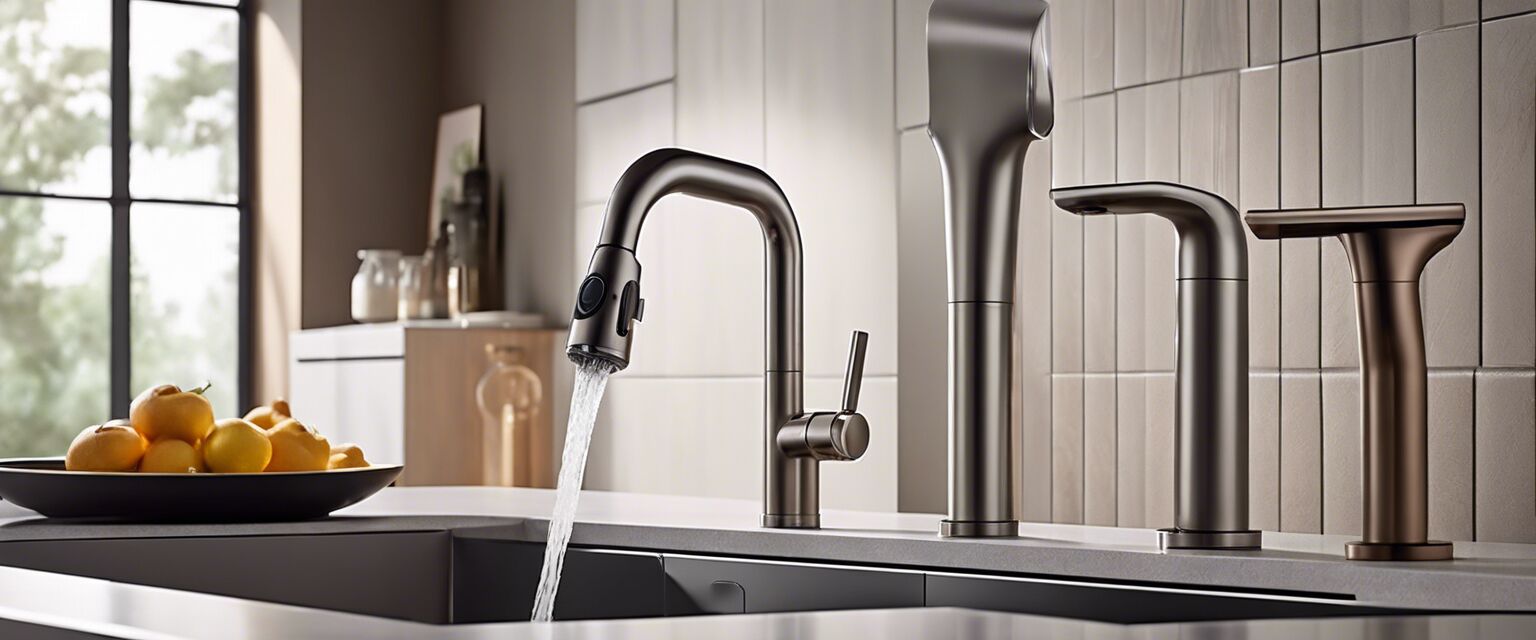
Pros
- Enhanced hygiene and cleanliness in the kitchen.
- Hands-free operation for convenience during cooking.
- Stylish designs suit various kitchen aesthetics.
- Reduces water wastage with automatic shut-off features.
Cons
- Initial cost can be higher compared to traditional faucets.
- Some models may require professional installation.
- Battery-operated models need regular battery replacements.
